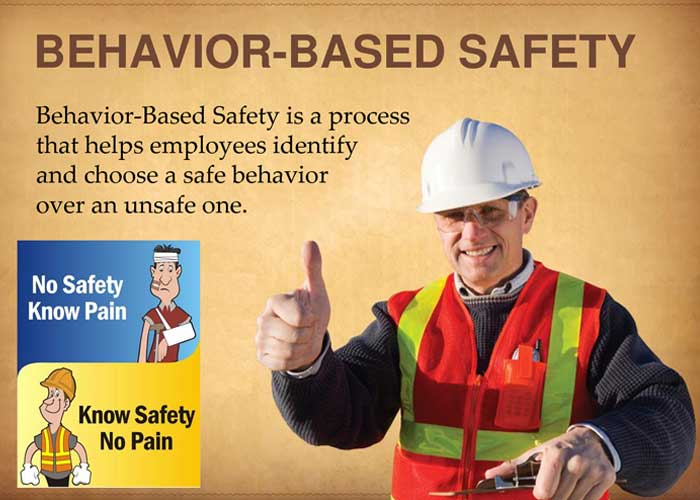Behavioral-Based Safety (BBS) training is a proactive approach that focuses on understanding and modifying behaviors to improve workplace safety. Unlike traditional safety programs that solely rely on rules and regulations, BBS emphasizes observing behaviors, providing feedback, and fostering a culture where safety is everyone's responsibility. This blog explores the significance of BBS training and provides practical insights into implementing these strategies effectively.
Understanding Behavioral-Based Safety (BBS)
Core Principles: BBS revolves around the idea that most workplace accidents are caused by unsafe behaviors rather than unsafe conditions alone. By identifying at-risk behaviors and encouraging safe practices, organizations can significantly reduce the likelihood of incidents and injuries.
Observation and Feedback: Central to BBS is the practice of observing employees' behaviors in real-time and providing constructive feedback. This approach not only helps in identifying potential hazards but also reinforces positive safety habits among workers.
Implementing Effective BBS Training

Customized Programs: Develop BBS training programs tailored to your
organization's specific needs and industry risks. Incorporate case studies,
role-playing e
Customized Programs: Develop BBS training programs tailored to your organization's specific needs and industry risks. Incorporate case studies, role-playing exercises, and interactive sessions to engage employees and illustrate real-world safety scenarios.
Leadership Support: Ensure buy-in from leadership to champion BBS initiatives. Leaders should actively participate in training sessions, demonstrate commitment to safety, and encourage open communication about safety concerns.
Engaging Employees in Safety Practices
Empowerment and Participation: Empower employees to take ownership of safety by involving them in the development of safety protocols and encouraging them to report hazards or near-misses. Foster a collaborative environment where safety is a shared responsibility.
Continuous Improvement: Establish mechanisms for continuous improvement by regularly evaluating the effectiveness of BBS strategies. Use data from safety observations and incident reports to refine training programs and address emerging safety concerns.
CORE EHS BBS Training

Cultural Transformation: BBS fosters a culture where safety is ingrained in
daily operations, leading to fewer accidents, reduced downtime, and improved
employee morale.
Risk Reduction: By focusing on behavior modification, BBS helps mitigate risks before they escalate into serious incidents, thereby enhancing workplace safety outcomes.
For more information, visit our behaviour-based-safety and explore our Home Page for additional resources and solutions.
Conclusion
Behavioral-Based Safety training is not just about compliance; it's about creating a culture of vigilance and responsibility where every employee actively contributes to a safer workplace. By investing in BBS initiatives, organizations can promote positive safety behaviors, prevent accidents, and ultimately, protect their most valuable asset—their workforce.
For more insights on implementing BBS training or to discuss tailored safety solutions for your organization, stay connected with our blog or contact our safety experts today. Together, let's build a safer and more resilient workplace through effective BBS strategies.
For more information on scaffolding training and other safety programs,
visit Core EHS at coreehs.com.